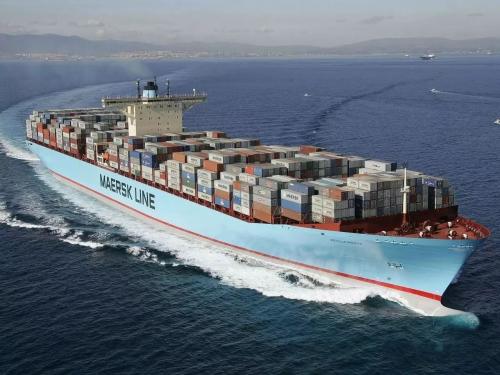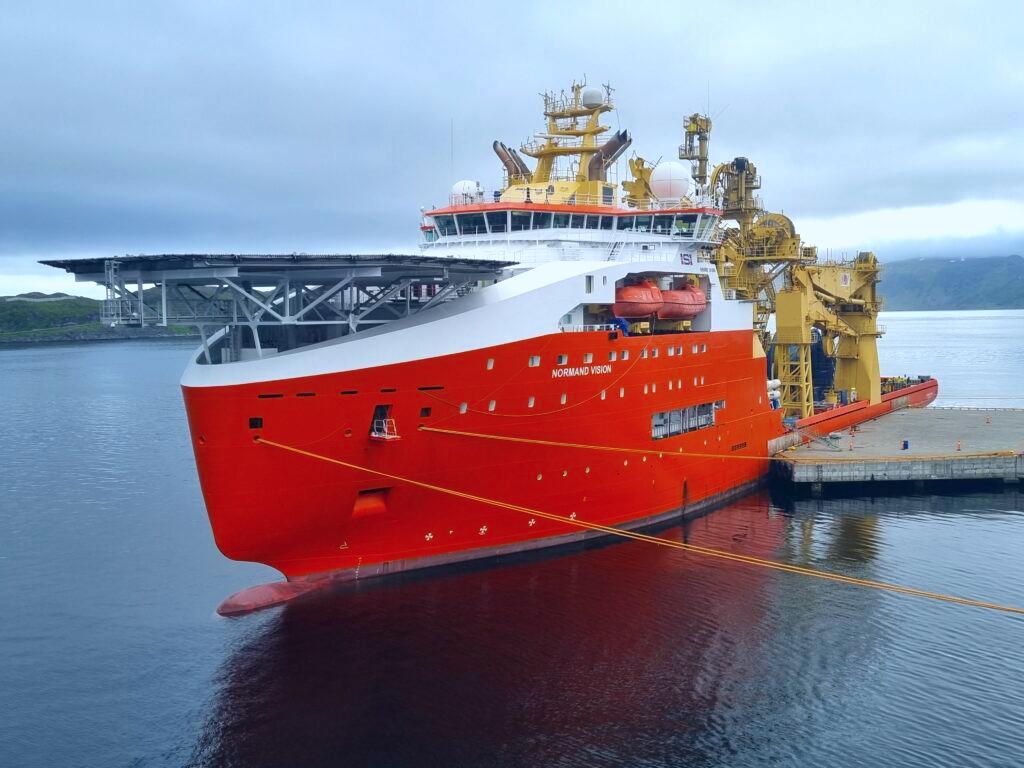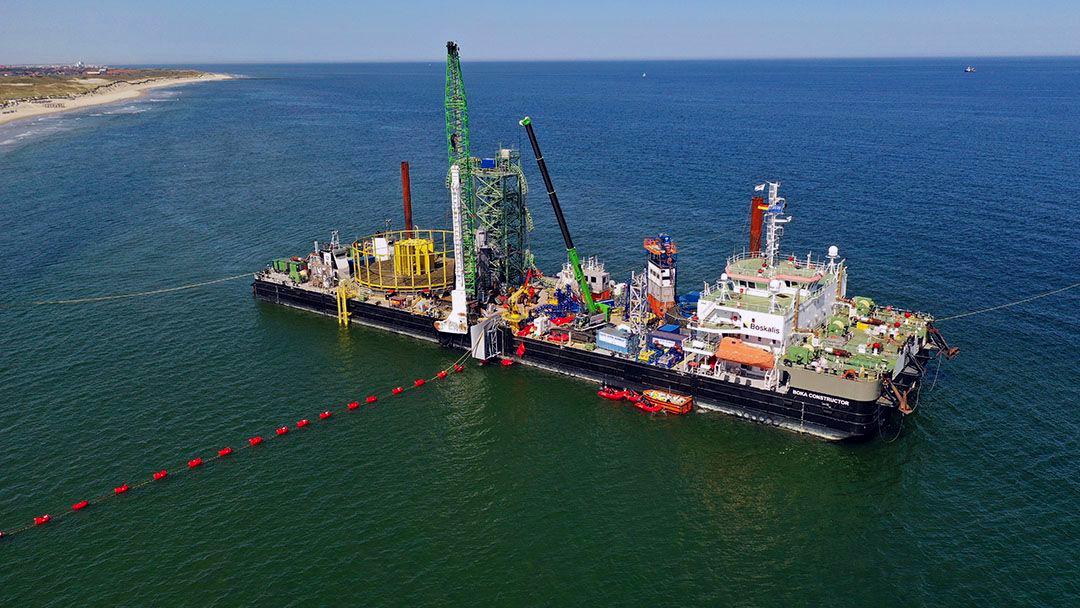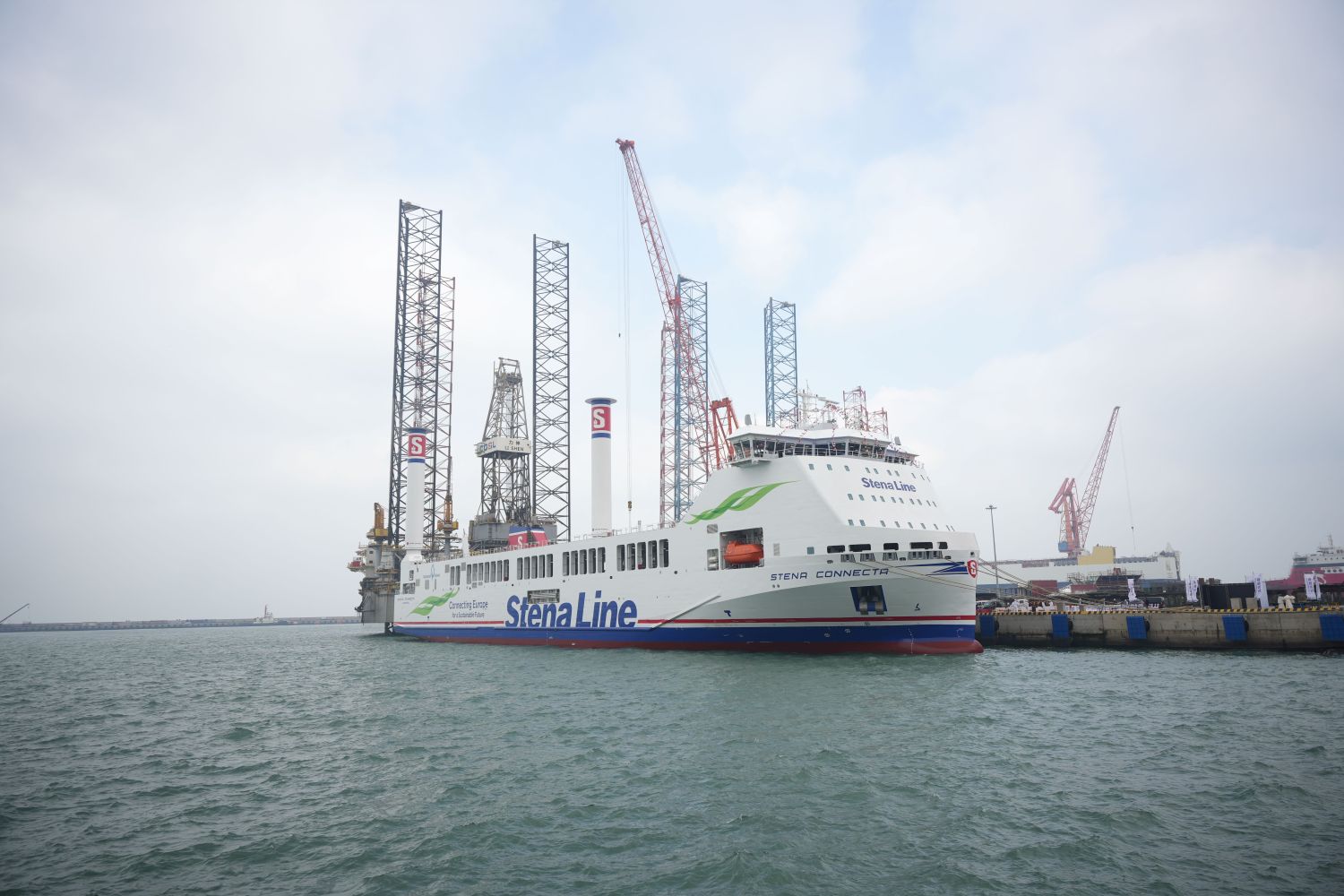港口空气污染问题,马士基有了新解决方案
作者: 发布时间:2022年01月26日 浏览量:558 字体大小: A+ A-

图片来自网络,版权属于原作者
来源:Hellenic Shipping News 2022-1-26
翻译:国际海事信息网 赵扬捷 张运鸿
航运集团马士基周二表示,计划在全球范围内安装数百个海上充电桩,使船只在港口外等待时可以用电力代替化石燃料为自己供电。
马士基的目标是限制碳排放,减少约3500艘商船的空气污染,这些商船每天在世界各地的港口闲置时消耗燃料油发电。
在新冠疫情期间,上海、鹿特丹或洛杉矶等主要港口由于缺乏劳动力和不断增长的进口需求而出现的拥堵,导致等待卸货的船只产生更多有毒废气,给附近城市地区带来污染问题。
Stillstrom是马士基海上服务部门旗下的一家新公司,它开发的技术可以让船只在停泊时通过与用输电线连接到陆地上的浮标连接进行充电。
Stillstrom经理Sebastian Klasterer Toft告诉路透社,该公司的目标是到2028年在多达100个港口安装3至10个浮标,这将每年减少500万吨碳排放,同时减少空气和噪音污染。
Toft说:“我们知道,空气污染是城市附近港口的一个大问题,这些浮标可以使船舶关闭其引擎。”
“我们的目标是船舶在港口闲置时应使用绿色动力而不是化石燃料。”
第一个以商业规模运作的此类浮标将于今年7月至9月安装在Orsted运营的海上风电场。
马士基表示,将进行6至9个月的测试,然后在2028年前在50至100个港口进行商业推广。该公司已经在与世界上的几个港口进行商谈。
据马士基称,近海贸易货船闲置时每天要消耗3至5吨航运燃料,而最大的商业船只,如集装箱船,则消耗高达10吨。
(本文版权归国际海事信息网所有,图片版权归原作者,转载请注明出处。)
Maersk to tackle air pollution at ports with ship-charging buoys
Shipping group Maersk plans to install hundreds of offshore charging stations around the world to allow vessels to power themselves with electricity instead of fossil fuels while waiting outside ports, it said on Tuesday.
Maersk is aiming to limit carbon emissions and cut air pollution from the around 3,500 commercial vessels that each day consume fuel oil to generate power while laying idle at ports around the world.
Congestion and bottlenecks at major ports like Shanghai, Rotterdam or Los Angeles during the pandemic due to lack of labour and growing import demand have resulted in more toxic exhaust fumes from ships waiting to discharge, causing health problems for nearby urban areas.
Stillstrom, a new company owned by Maersk’s offshore marine service division, has developed technology that will allow vessels to charge while moored to a buoy connected to land via a transmission line.
The group aims to install between three and 10 buoys at up 100 ports by 2028, which will cut carbon emissions by 5 million tonnes a year while reducing air and noise pollution, Stillstrom manager Sebastian Klasterer Toft told Reuters.
“We know that air pollution is a big problem at ports near urban areas, and these buoys will allow ships to turn off their engines,” Toft said.
“Our ambition is that ships should use green power instead of fossil fuels while laying idle at ports.”
The first such buoy operating at commercial scale will be installed between July and September this year at an offshore wind farm operated by Orsted.
Tests will be conducted for six to nine months, followed by a commercial roll-out at between 50 and 100 ports by 2028, Maersk said. The company is already in talks with several ports around the world.
Coaster vessels consume three to five tonnes of shipping fuel a day while idle, and the largest commercial vessels such as container ships consume up to 10 tonnes, according to Maersk.
来源:simic
今日要闻
图片新闻
海外传真
热点报道






